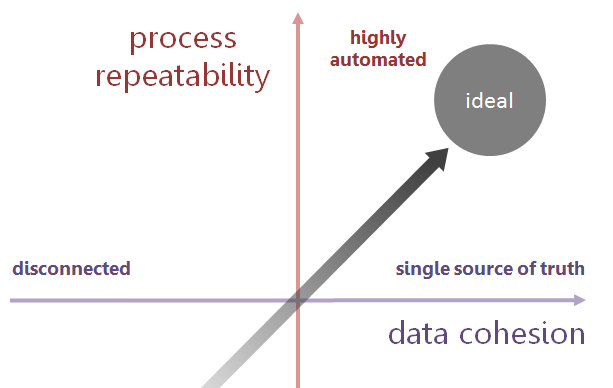Nexus for Aras - Introducing a Powerful Integration Solution for Aras Innovator
/Extend the reach of Aras Innovator throughout the enterprise with seamless connectivity to PDM, ERP, ECM and other platforms.
Nexus for Aras is designed to treat data and processes unique to engineering and manufacturing such as part/BOM release, large file transfers, data synchronization, state-change triggers, and structured data. Preconfigured connectors and transaction templates dramatically accelerate integration implementations and simplify maintenance - all at a lower cost of ownership.




